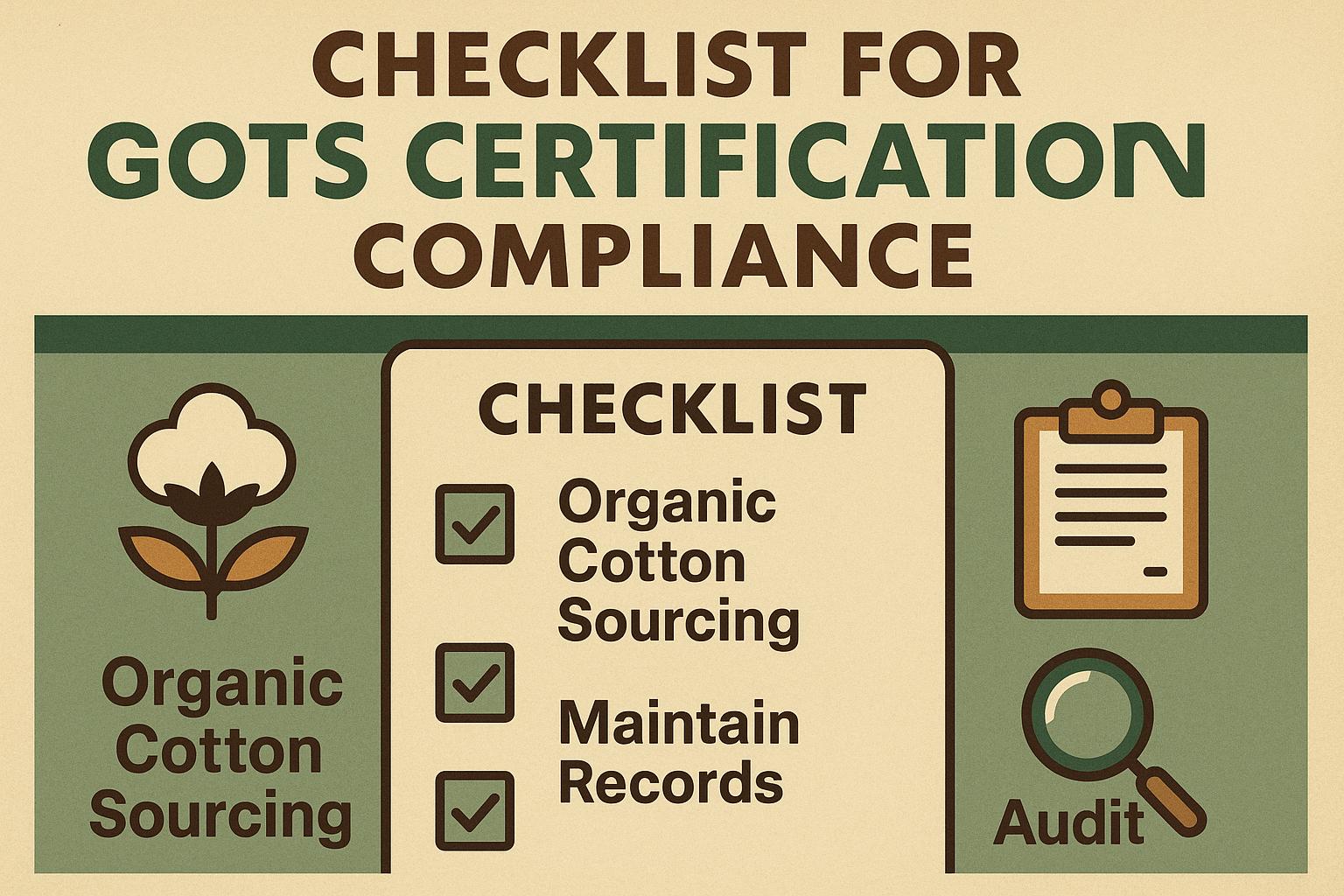Ginner certification ensures cotton gin operators follow strict safety and maintenance protocols, reducing accidents, equipment downtime, and costs. Certified facilities benefit from:
- Safer Workplaces: Routine inspections, proper use of PPE, and clear emergency procedures.
- Standardized Maintenance: Daily checks, manufacturer-recommended schedules, and detailed record-keeping.
- Lower Costs: Preventive maintenance reduces unplanned repairs and downtime.
Non-certified facilities often face inconsistent practices, higher repair costs, and safety risks due to reliance on experience-based routines. Certification provides a clear framework for maintaining equipment and improving workplace safety.
Quick Comparison:
| Criteria | Certified Operations | Non-Certified Operations |
|---|---|---|
| Maintenance Practices | Preventive, standardized schedules | Reactive, experience-based routines |
| Safety Protocols | Routine drills, PPE, visible signage | Limited training, on-the-job learning |
| Costs | Lower due to fewer breakdowns | Higher due to unplanned repairs |
| Worker Training | Structured programs | Hands-on, inconsistent application |
For long-term success, facilities should assess current practices, implement certification requirements, and regularly monitor progress.
BAJAJ STEEL INDUSTRIES LIMITED - Ginning & Pressing ...
1. Certified Cotton Gin Operations
Certified cotton gin operations follow strict protocols and safety measures to minimize accidents and comply with industry regulations. Here’s a breakdown of the key practices:
Safety Protocols
- Routine equipment inspections to identify potential issues
- Proper use of personal protective equipment (PPE)
- Clear emergency response procedures for quick action
- Visible safety signage and markings to guide workers
These measures ensure a safer work environment and align with the maintenance practices outlined below.
Maintenance Standards
- Conduct daily checks on essential equipment components
- Follow manufacturer-recommended maintenance schedules
- Keep detailed records of all maintenance activities
- Regularly test and calibrate equipment to maintain quality control
sbb-itb-0e617ca
2. Standard Cotton Gin Operations
Non-certified cotton gin facilities operate using traditional, experience-driven methods, which can lead to inconsistent maintenance and safety practices. Unlike certified operations, these facilities often lack structured maintenance systems. This difference highlights the need to examine their practices, safety protocols, and financial impact.
Maintenance Practices
Instead of using preventive maintenance programs, these facilities rely on experience-based routines. This reactive approach often results in unexpected equipment breakdowns, unplanned downtime, and higher repair costs. It also affects the overall quality of processing.
Safety Measures
Safety training in these operations is typically limited to on-the-job learning and basic protective measures. Without regular drills or standardized protocols, gaps in identifying and addressing hazards remain. While OSHA guidelines are generally followed, the absence of consistent safety reinforcement increases the likelihood of risks.
Financial Impact
Non-certified operations often face higher costs due to emergency repairs and operational inefficiencies. The lack of consistent maintenance not only drives up expenses but also reduces productivity.
Worker Training
Training primarily focuses on hands-on experience rather than standardized programs. This leads to inconsistent record-keeping and uneven application of safety procedures. These shortcomings become especially problematic during peak processing times, when reliable equipment and efficient workers are essential.
Benefits and Limitations
Certification builds on the protocols discussed earlier to improve safety measures. Ginner certification programs play a key role in enhancing safety and reducing maintenance-related accidents in cotton gin facilities. By introducing standardized maintenance procedures and regular safety checks, certified operations can spot and address hazards before they lead to incidents.
Safety Performance
Facilities with certification gain several advantages, including:
- Maintenance procedures designed to lower the risk of equipment-related accidents
- Routine safety audits that help detect and mitigate potential hazards
- Better use of data for maintenance analysis and quicker responses
While these benefits are clear, certification does come with challenges. Smaller facilities may find the added costs of training and the time required for compliance difficult to manage. These trade-offs highlight the need for careful consideration when implementing certification programs.
Summary and Recommendations
Creating effective ginner certification programs requires careful planning, consistent maintenance, and adherence to strict safety standards.
To successfully implement certification, follow these key steps:
-
Initial Assessment and Planning
Conduct a thorough gap analysis of your current maintenance practices. Evaluate schedules, safety measures, and staff training to identify areas needing improvement. Develop a timeline for addressing these gaps. -
Implementation Strategy
Create a detailed plan to align your practices with certification requirements. This should include:- Training programs for staff
- Updated schedules for equipment maintenance
- Revised safety protocols
- Systems for proper documentation
- A schedule for regular audits
-
Monitoring and Measurement
Track progress using measurable indicators. For example, monitor monthly safety incidents, quarterly equipment downtime and repair costs, and semi-annual audit results to ensure compliance and identify areas for improvement.
Maintaining certification isn't a one-time effort. Regularly review and update maintenance procedures while continuing staff training. Consistent application of these steps ensures long-term success and helps achieve the full benefits of certification.


